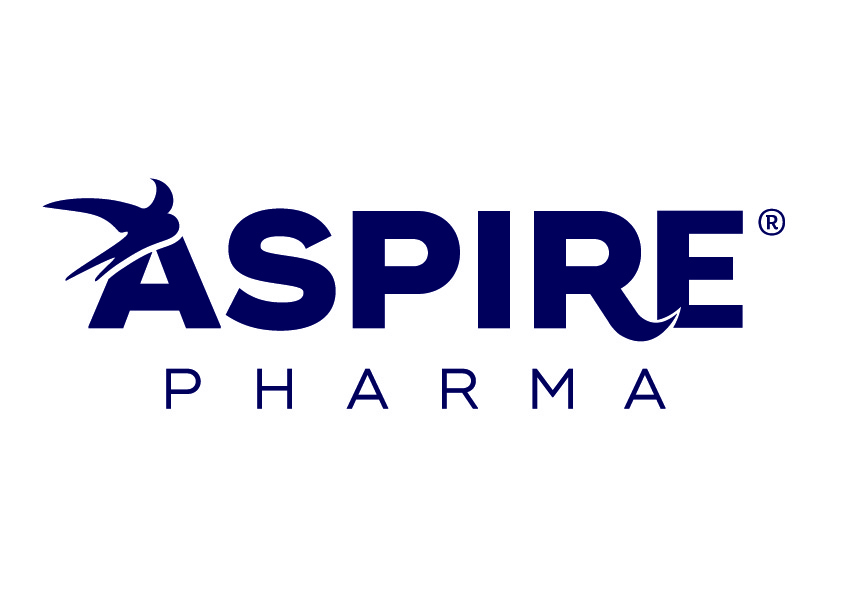Caution should be exercised to avoid excessive blood-pressure changes since response to treatment with metaraminol is very variable and the ensuing control of the blood pressure may prove difficult.
Rapidly induced hypertensive responses have been reported to cause acute pulmonary oedema, cardiac arrhythmias and arrest. Metaraminol should be used with caution in patients with cirrhosis; electrolyte levels should be adequately restored if a diuresis ensues. A fatal ventricular arrhythmia was reported in a patient with Laennec's cirrhosis while receiving metaraminol tartrate. In several instances ventricular extrasystoles that appeared during infusion of metaraminol promptly subsided when the rate of flow was reduced.
With the prolonged action of metaraminol, a cumulative effect is possible. An excessive vasopressor response may cause a prolonged elevation of blood pressure, even after discontinuation of therapy.
Metaraminol should be used with caution in cases of heart disease, hypertension, thyroid disease or diabetes mellitus because of the vasoconstrictor action.
Sympathomimetic amines may provoke a relapse in patients with a history of malaria.
When vasopressor amines are used for long periods, the resulting vasoconstriction may prevent adequate expansion of circulating volume and may cause perpetuation of the shock state. There is evidence that plasma volume may be reduced in all types of shock, and that the measurement of central venous pressure is useful in assessing the adequacy of the circulating blood volume. Blood, or plasma-volume expanders, should therefore be employed when the principal reason for hypotension of shock is decreased circulating volume.
In choosing the site for injection, it is important to avoid those areas generally recognised as being unsuitable for the use of any pressor agent and to discontinue the infusion immediately if infiltration or thrombosis occurs.
Although the urgent nature of the patient's condition may force the choice of an unsuitable injection site, the preferred areas of injection should be used whenever possible. The larger veins of the antecubital fossa or thigh are preferred to the veins in the ankle or dorsum of the hand, particularly in patients with peripheral vascular disease, diabetes mellitus, Buerger's disease or conditions with coexistent hypercoagulability.
Extravasation risk
The infusion site should be checked frequently for free flow. Care should be taken to avoid extravasation that would cause a necrosis of the tissues surrounding the vein used for injection. Because of the vasoconstriction of the vein wall with increased permeability, there might be some leakage of metaraminol in the tissues surrounding the infused vein causing a blanching of the tissues which is not due to an obvious extravasation. Therefore, if blanching occurs, consideration should be given to changing the site of infusion to allow the effects of local vasoconstriction to subside.
Excipients
This medicine contains less than 1 mmol sodium (23 mg) per 1 ml ampoule, that is to say essentially “sodium free”. If the maximum recommended dose of 100 mg metaraminol (10 ampoules) is to be given, the administered dose will contain 20.6 mg sodium per 10 ml of metaraminol solution. This is equivalent to 1% of the WHO recommended maximum daily dietary intake of 2 g sodium for an adult.

